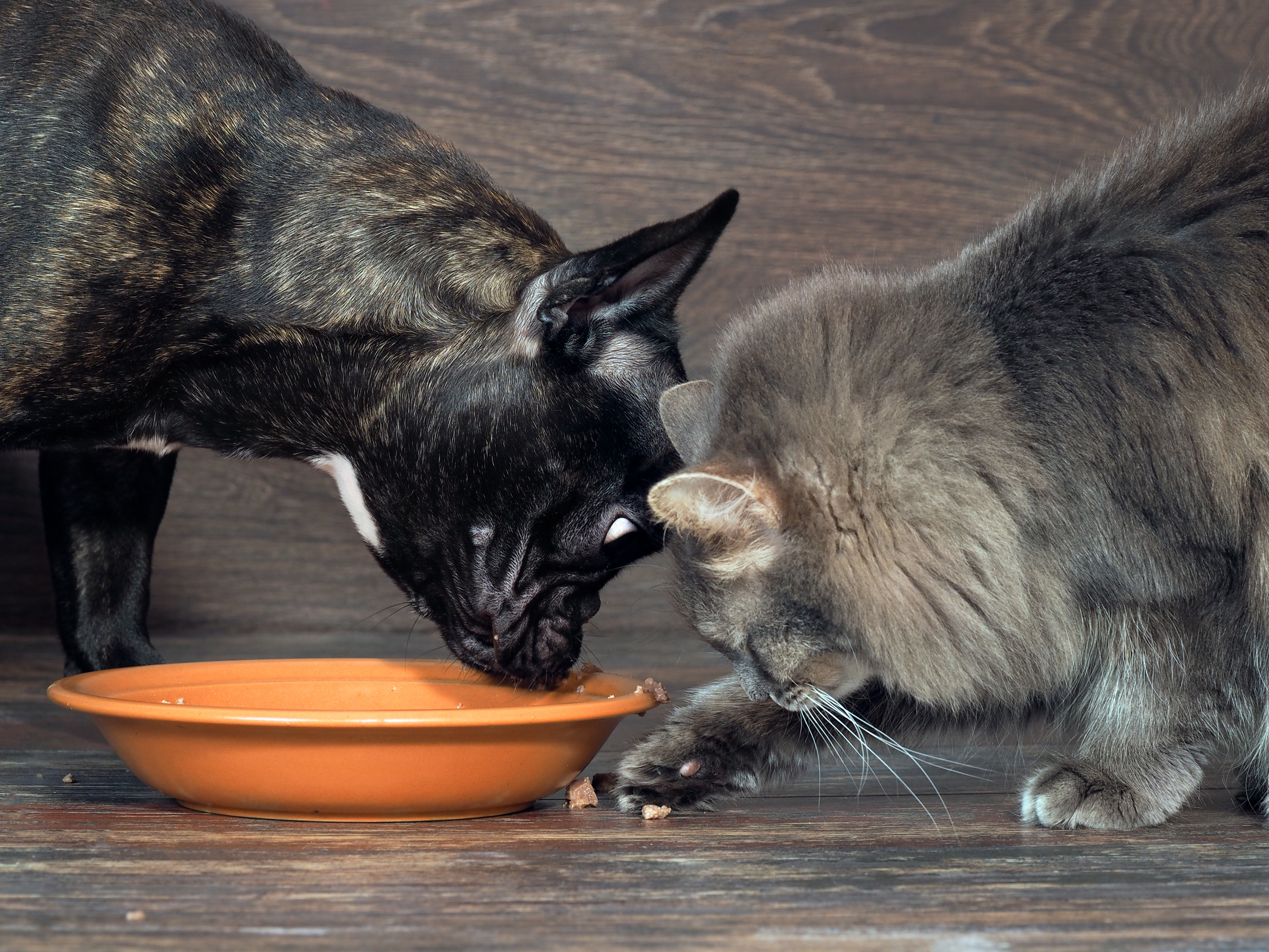Every day our pets walk on, roll in, lick and sniff everything in their environment, including hazards ranging from chemical household cleaners and pesticides to perfumes and room deodorizers. These irritants are either ingested or absorbed into their skin, ears and nasal cavities, resulting in a variety of health risks, including:
- Poisoning
- Cancer
- Immune system impairment
- Allergic reactions
- Organ damage
Thankfully, you can protect your pets from toxic exposure by following these tips.
Tips to Protect Your Four-Legged Companion from Environmental Toxins
- Secure trash and wastebaskets, which may contain medications, toiletries, and other pet poisons.
- Hang handbags out of your pet’s reach. Handbags often store toxins such as prescriptions, ibuprofen and sugar-free gum containing xylitol.
- Store vitamins and medications in closed cabinets or drawers. Also, avoid storing your pets’ medications near your own to avoid any accidental mix-ups.
- Keep cleaning supplies out of reach, such as on high shelves or behind cabinet doors.
- Store dangerous garage items such as chemicals, paints, and automotive supplies on high shelves or in closed cabinets. Make sure to clean up any oil or antifreeze spills immediately by flushing them away. Just 1-2 tsp. can kill your pet!
- Remove toxic plants and flowers from your yard or house.
Unsure Which Products are Hazardous? Start with This Animal Poison Checklist:
- Lawn and garden products (fertilizers, weed killers, lawn care, swimming pool products, blood meal, bone meal, rose and plant food, compost, cocoa mulch, etc.).
- Pesticides (fungicides, herbicides, snail and slug bait, rat poisoning, etc.).
- Household cleaners (chemical cleaning products, bleach, air fresheners, carpet cleaners, laundry detergent, etc.).
- Construction materials (paints, varnishes, adhesives, etc.).
- Automotive products (antifreeze, break fluid, lubricants, sealants, etc.).
- Batteries (especially battery fluids).
- Personal care products (antiperspirants, personal care prescription bottles, hair sprays, etc.).
- Pet care products (insect repellent, flea and tick medications, prescription pet medications, shampoos, cat litter, etc.).
- Airborne pathogens (dust, pollen, mold, bacteria, viruses, etc.).
- Water-borne pathogens (bacteria, viruses, blue-green algae, parasites, chemicals, etc.).
- Land pathogens (bacteria, viruses, fungi, parasites, poisonous insects, toads, mushrooms, snakes, chemicals, etc.).
Originally posted 2018-02-14 18:34:22.







